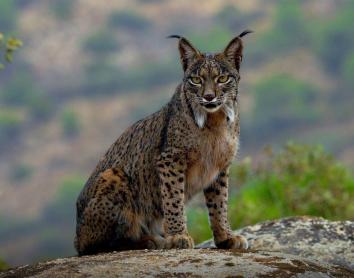
The immersive experience Root for Nature at CaixaForum Barcelona features three audiovisual works related to biodiversity, exploring topics that are more relevant today than ever before. Over the course of the 68-minute of original production, the audience is transported in the beauty and fragility of our natural world, providing a sensory journey that is both rejuvenating and engaging.
- An Ever-growing World
In this first, essentially contemplative gallery, visitors will be able to reconnect with the spectacle of nature through striking and moving images from National Geographic. Conceived by the OASIS team in collaboration with cinematographer Katerine Giguère, visual artist Johnny Ranger, composers Anaïs Laroque et Jérémie Corriveau and sound designers Troublemakers, this chapter is an emotional tribute to global biodiversity, inviting visitors to witness the majesty and regenerative power of nature, celebrating the quiet power present in all species and microorganisms, affirming the vitality of our living world.
In this space, the foundations are laid for the visitor to understand what must be protected: the wonders of nature, a symbol of beauty and resilience of which we are a part.
- We Are Interconnected
Here, digital art and science come together to illustrate a fundamental principle: the interconnection between the natural and human worlds. Using sophisticated generative digital creation techniques, the experience devised by visual artist Alex Le Guillou and composer Azu Tiwaline, invites visitors to explore how every element of nature, from tiny organic cells to vast root networks, is connected to all others in a complex and vital dance.

This visual poem is a tribute to the power of nature’s interconnectedness. Through this experience, the beauty and fragility of these connections are revealed, and the importance of their protection is underscored. By conserving biodiversity, we protect what sustains our very existence.
This innovative work of generative art echoes the David Suzuki Foundation’s Declaration of Interdependence and encourages us to reflect on our role in preserving and strengthening these vital links.
- Rising to the Challenge
The final chapter of the Root for Nature exhibition is a living mosaic of nature’s resilience and human ingenuity. Directed by filmmaker Émile Roy, with the support of composer Uberko and sound designer Jean-François Bergeron, this immersive work illustrates how concerted efforts can transform our relationship with the Earth and reverse destructive cycles. Spectacular, immersive images of some of the most beautiful places on Earth remind us that we can all make choices to protect the environment and care for the planet.
A series of international initiatives demonstrates the power and possibilities of biological renewal through human cooperation to bring a message of hope.
For its tour of Spain, the ”la Caixa” Foundation has included an example of a project that has borne real fruit on the Iberian Peninsula: the conservation of the Iberian lynx, the world’s most endangered feline species. Its decline has been driven primarily by habitat loss and fragmentation, the scarcity of prey species (rabbits), road accidents and illegal hunting. Thanks to a relentless recovery plan and its reintroduction into new territories, the Iberian lynx population reached 2,401 individuals in 2024. In the late 1990s, this species was critically endangered, with only 94 recorded individuals.
To learn more about the sleek feline endemic to the Iberian Peninsula, CaixaForum+ offers The Kingdom of the Iberian Lynx, a documentary series showing the result of almost two years of filming this elusive and fascinating creature, with never-before-seen footage of its struggle for survival.
This section also highlights projects such as the one carried out by Age of Union and Nature Seekers on Matura Beach in Trinidad and Tobago, one of the last places in the world where leatherback turtles nest, where poaching, which once threatened the area, has fallen from 50% to zero. It also features the WeForest project in Zambia, which is restoring more than 4,000 hectares of forest through direct work with local farmers. Forest restoration can play a key role in counteracting the effects of climate change.
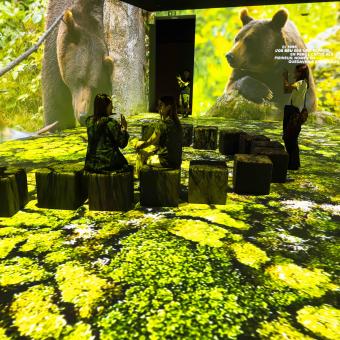

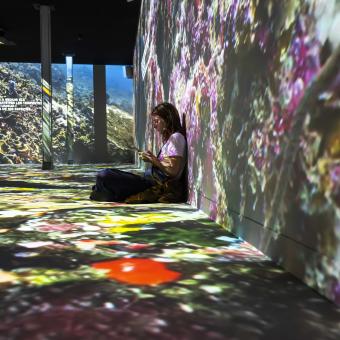


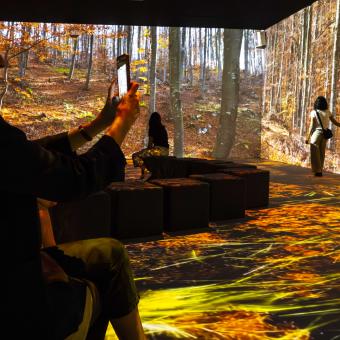







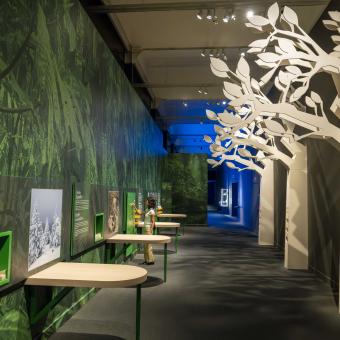

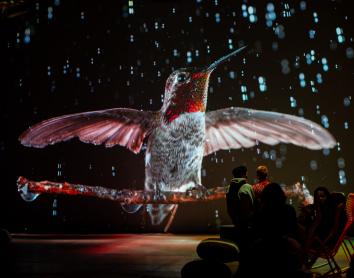
![Henri Matisse, "Le Rêve" [The dream], may 1935. Centre Pompidou, París. Musée national d’art moderne / Centre de création industrielle AM 1979-106.](https://imagenes-mediahub.fundacionlacaixa.org/files/image_354_278/files/fp/uploads/2025/08/26/68ada56c233a2.r_d.806-1000-2196.jpeg)
